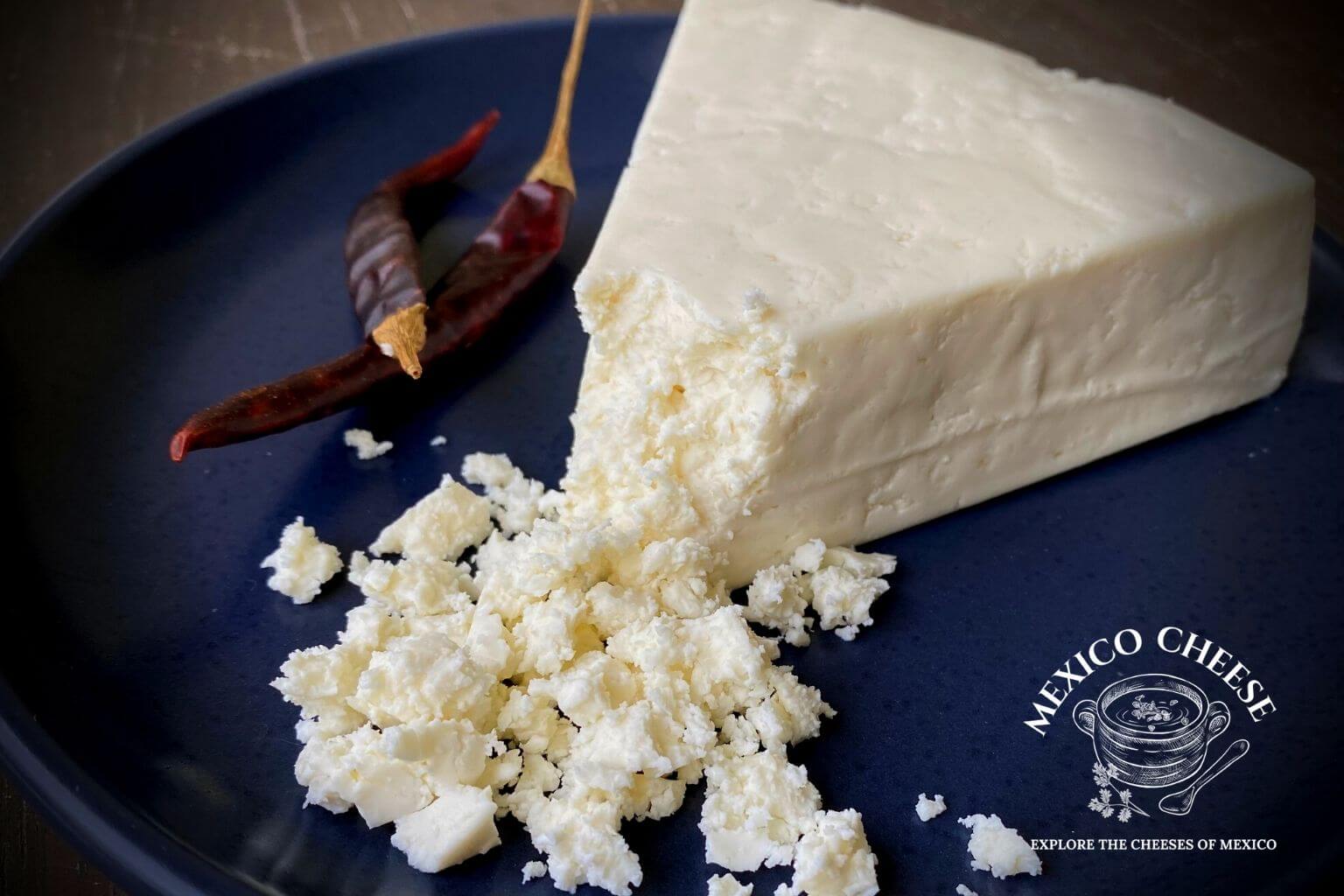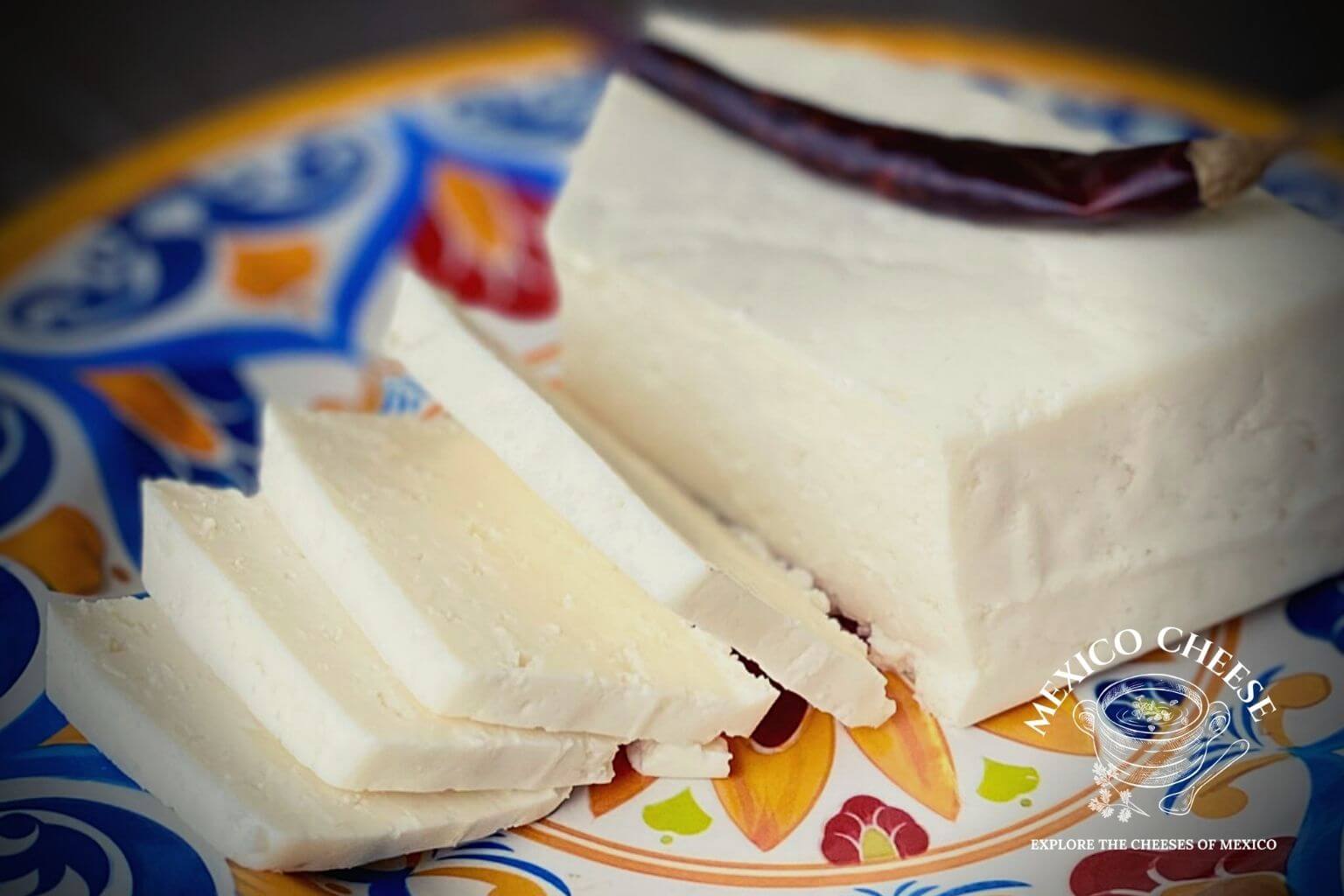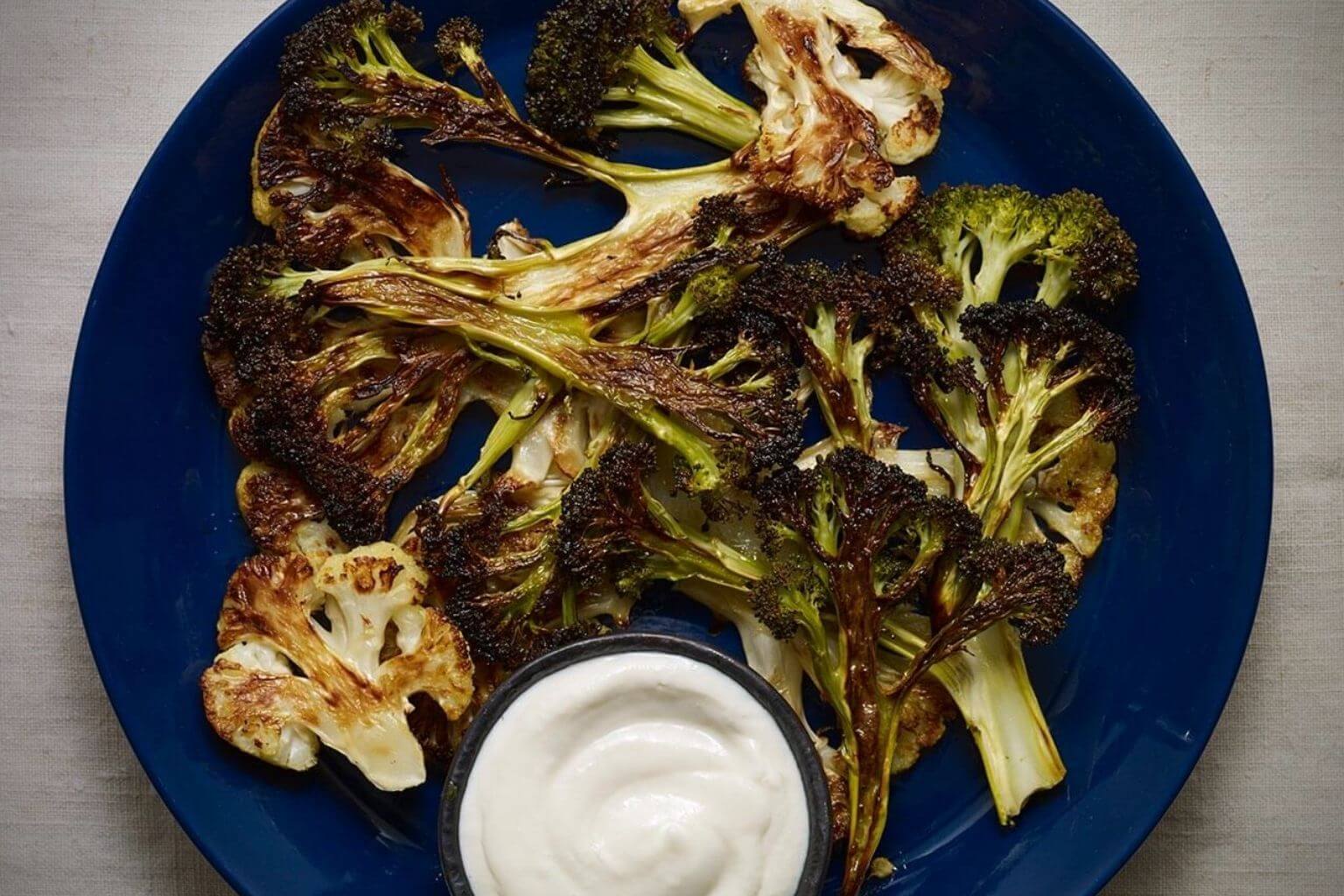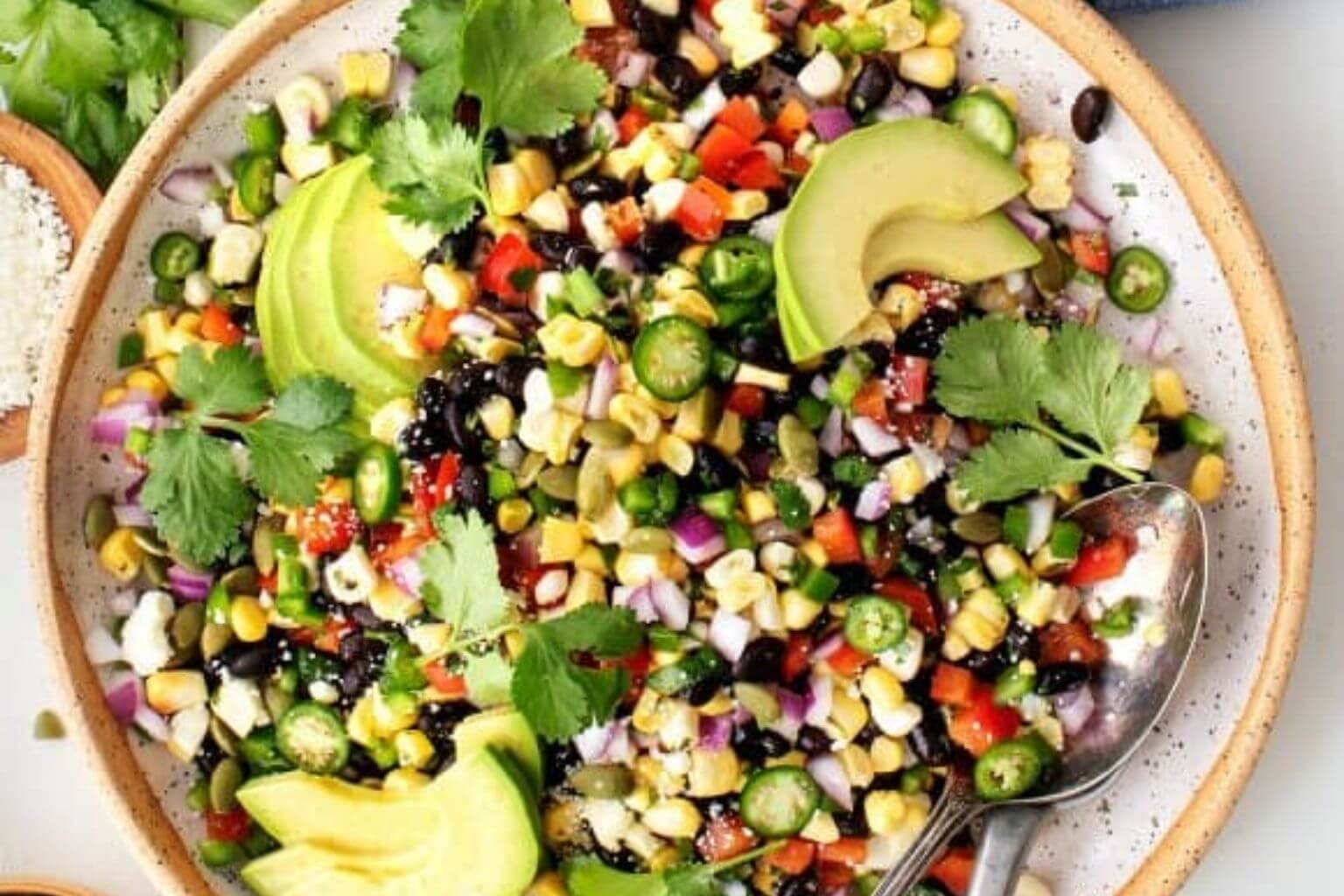How to Use Cotija Cheese
Contents
What is Cotija Cheese?
Cotija is a firm, white flavorful cheese that originated in the town of Cotija de la Paz in the State of Michoacan some 400 years ago. Cotija cheese is traditionally made from raw cow’s milk but today, pasteurized versions of this cheese are easy to find. It is salty and tangy and the perfect complement to hundreds of Mexican dishes.
In Michoacan, the makers of Cotija cheese are hoping to achieve the prestigious Denominacion de Origen (DOO) designation. However, there are other recognized variations of this cheese that are made in Jalisco, Queretaro and Chiapas.
Cotija cheese is allowed to age from 100 days up to one year or more. In all forms, it is considered an aged cheese but you can use it in varying states of maturity. Cheese labeled, “Fresh Cotija”, is not actually a Mexico fresh cheese. It has just been aged for less time, generally just over 3 months.

Fresh cotija will still be somewhat moist but quite firm and easily crumbled by hand into big creamy, chunks. Either a mild feta cheese or ricotta salata would make a good substitute for any recipe calling for fresh Cotija.
Aged Cotija, as you would expect, is harder and drier and is perfect for grating. Aged Cotija has been aged up to a year and is very similar to parmesan or pecorino romano or other aged Italian cheeses. The additional aging time gives the cheese an earthy quality and intensifies the salty flavor.
Can you eat Cotija Cheese by itself?
Cotija cheese, whether fresh or aged, has a very strong, salty flavor. It is most commonly used to finish off a dish and add a touch of salt while at the same time delivering depth of flavor. However, if you enjoy nibbling on a bit of fine parmesan or romano cheese, you may enjoy Cotija cheese on its own. Fresh Cotija can be sliced or cubed and would make a fine addition to any Mexican cheese board or charcuterie platter.
Is Cotija a good melting cheese?
Cotija is not a good melting cheese. It will soften but not lose its shape when exposed to high heat. If you are looking for a melting cheese to use in a quesadilla or queso fundido this is not the cheese to use. Cotija is best used as a savory element on top of a dish. It will soften, bubble and brown but it will not run. It is commonly used as the finishing cheese on top of the melting cheese.
Fresh Cotija is easy to slice and can hold up to grilling or frying. You could use it in place of Haloumi but keep in mind the increased saltiness it will add to the dish.
How do you crumble Queso Cotija?
Aged Cotija is quite hard and may require a cheese grater to serve. If you are looking for thin slices or shavings, you may need to use a mandolin. Fortunately, already grated cotija can be found in many stores to use as a table cheese like grated parmesan.
Fresh Cotija cheese can be crumbled easily by hand. It will break apart into nice, savory chunks which you can then scatter atop sopes, tlacoyos or beans. If you need to crumble a considerable amount of cheese at one time, another method is to place the cheese in a sturdy ziplock-type bag and press on the cheese until it breaks apart into uniform pieces.
You can store the cheese in this bag, refrigerated, for up to a month. If stored properly, aged cotija can last up to three months. If you leave your cheese in blocks or wedges, simply wrap them in wax paper or parchment paper after each use and store in a sealed plastic bag.

Does Cotija Cheese taste like Parmesan?
Cotija cheese is widely considered “the parmesan of Mexico” and yes, the flavor and texture of aged Cotija are quite similar to parmesan cheese. Like parmesan, cotija is salty and tangy and, the two can really be used interchangeably in most recipes. However, parmesan will melt when exposed to high heat and therefore is the more conventional choice for dishes “au gratin”.
Young Cotija cheese tastes more like a saltier cousin of Feta or Ricotta Salata and has a similar texture.
Where can I find Cotija Cheese near me?
Cotija cheese is a very popular food staple in any Mexican or Latin American home. As such, you can find Cotija at almost every grocery store where other Mexican cheeses like queso Oaxaca and panela cheese might be sold. Cotija is sold in blocks, wedges or grated and ready to use as a table cheese. If you can’t find it at your local supermarket, there are some excellent resources to purchase it online.
Ways to Use Cotija Cheese
1. Elotes and Esquites

No Mexican street corn would be complete without queso cotija. Grilled or steamed, the cobs are slathered in mayonnaise and lime juice and then dusted with chili powder and aged queso cotija. This is a very popular street food found all over Mexico but you can easily make it at home. Find a great recipe for Mexican Street Corn here.
2. Cotija Cream Sauce

If you are looking for a tasty sauce to accompany grilled meats or vegetables, aged cotija cheese, grated and mixed into Crema Mexicana will add a punch of umami to your plate. If you can’t find fresh Mexican cream, sour cream is a good substitute. You can season it as you like depending on the dish. Try this recipe for an easy Cotija Cream Sauce.
3. Cotija Cheese Dip

Cotija cheese has an earthy, tangy flavor that adds a lot of oomph to any recipe. Melted into a cheese dip. Its unmistakable flavor is the perfect complement to many other ingredients. Corn and Cotija are a classic pairing and we have found a fantastic recipe for a Fresh Corn and Cotija Dip that will be a hit at any summer BBQ or garden party.
4. Salad Topping

Fresh Cotija cheese can easily be used in place of feta cheese, crumbled into a Greek or Mediterranean salad. Aged cotija is terrific grated over a fresh caesar salad. Try this recipe for Summer Corn and Bean Salad topped with fresh cotija cheese.
5. Pasta Sauce with Cotija

While cotija cheese does not melt well, it does incorporate well into sauces, particularly cream sauces. You can really use it in any creamy sauce that would generally call for parmesan and vice versa. Check out this Roasted Poblano Alfredo-Style sauce that uses cotija cheese in place of the usual parmesan. We think it’s a winner.

1 thought on “How to Use Cotija Cheese”